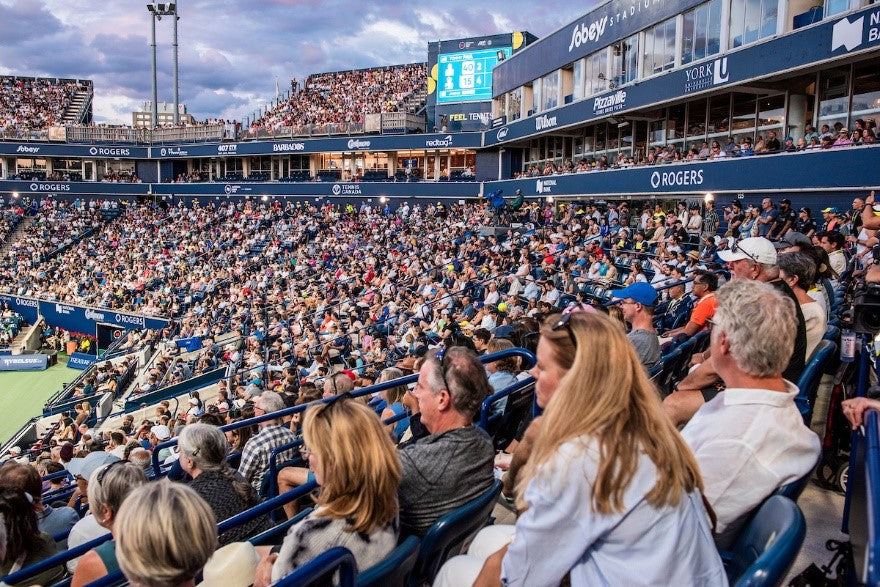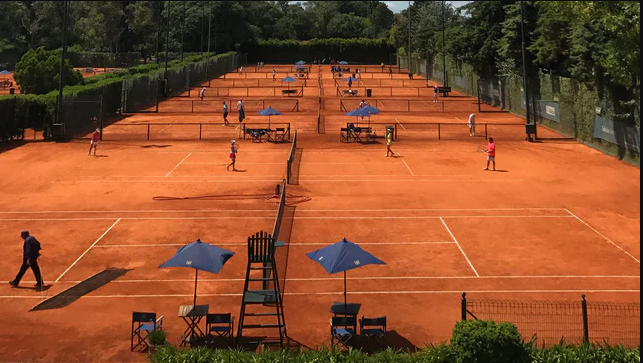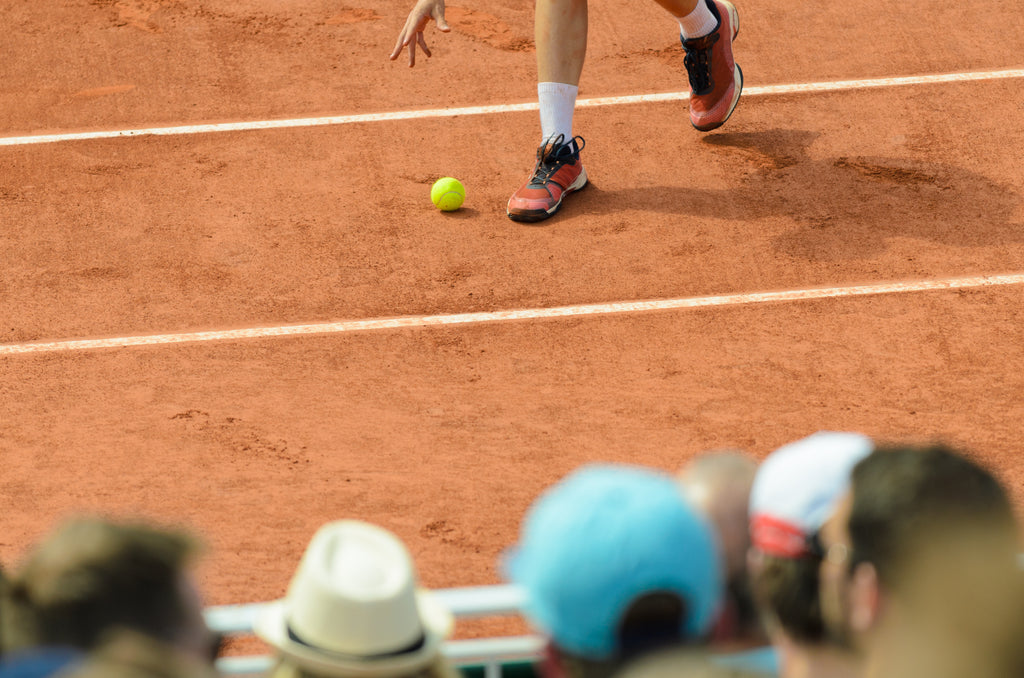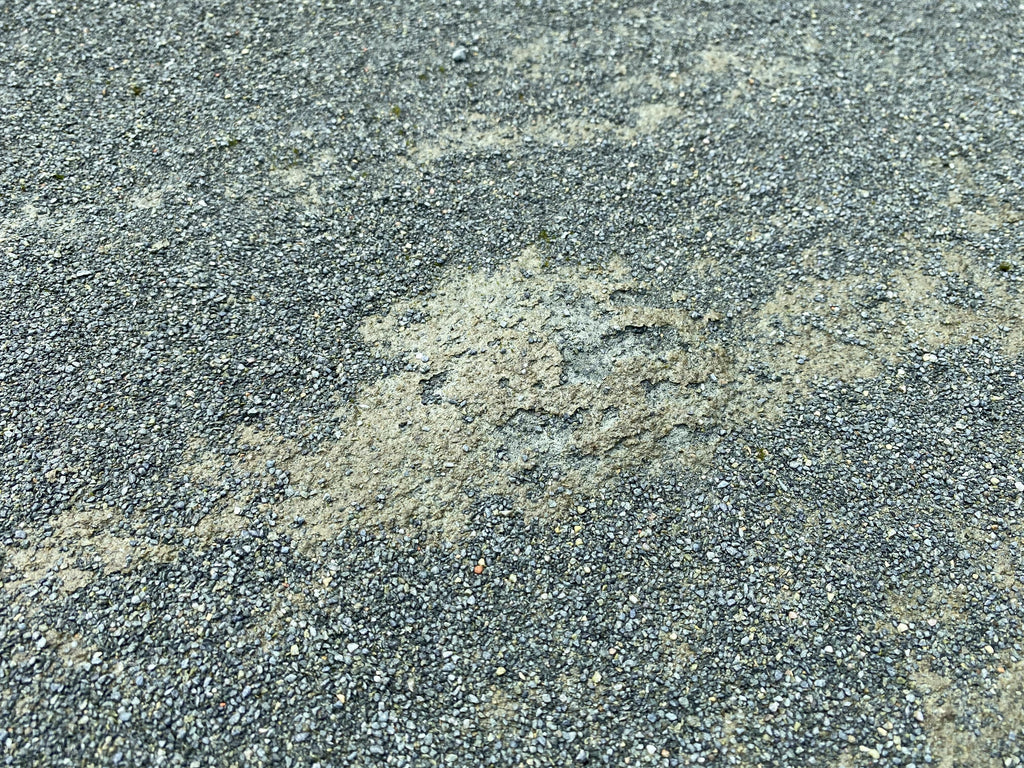Clay Court Maintenance Budgeting and the Missing Link
- 0 Comments
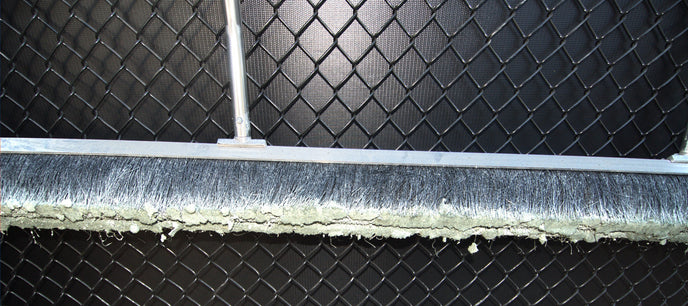
There is one resort that rates as my favorite vacation destination. I enjoy treading new ground in my travels so finding one spot that I will readily and longingly return to is a bit out of character. Yet I find the environment, the culture and the service as this resort so magnificent that I stay there every chance I get. The very smell of the air brings me joy.
The tennis facility is undoubtedly a strong influence in my appreciation, specifically the fact that they have 5 beautiful HydroCourts. These courts are perfectly nestled between villas just so every shot, produced by even the most timid of hitters, sounds like a Federer forehand or a Serena serve. And the view from the court is so mind-consuming that it imperils the easily distracted doubles partner. It is here however, at a place I truly treasure, that I have observed the missing link when it comes to court maintenance. That link is the connection between those who develop the maintenance budget and those in charge of the courts.
Budgets don’t lie. They always, always reflect the priorities of a business or an organization. If you are shaking your head here, I can only tell you that if the budget you have doesn’t reflect your priorities then your priorities are different from those of the organization where you work. Or there is an unclear vision of what the priorities are at your place of work. Regardless, if those individuals who have direct responsibility for keeping the courts in shape don’t have any say in the budget, there is a dangerous and missing link that will directly impact the condition of your courts and the success of the tennis program.
What I’ve noticed at this resort is the two gentleman assigned to the upkeep rarely have the right tools to do their job effectively and when they do, they lack the dollars they need to keep these tools in good operating condition. I am always astonished to contrast the condition of the buildings, grounds and the amenities with the condition of the maintenance tools. I see brushes – the wrong brushes no less for these courts – held together by black twine or zip ties, bristles missing to non-existent on line sweepers and scarifiers so badly worn that they wouldn’t work on beach sand, let alone a Har-Tru court. The two men in charge of these courts care tremendously and earnestly make the most of using what they have but the courts suffer as a result and this means the players suffer.
What is perhaps most frustrating to me when in conversation with well-meaning court superintendents is that most of them know exactly what they need to help make the tennis program successful and if properly consulted during the annual budgeting process, could likely save the facility money in both the short and long term. Not only that, when I see cases where these individuals are empowered in the budgeting process, they take substantially greater care of the tools and equipment and show more responsibility and ownership for the Har-Tru courts and their performance.
Fall is here and this means there are some definite opportunities for many facilities to take a more serious approach toward developing next year’s budget.
- Meet with your maintenance superintendent, or if you are a maintenance superintendent, ask your supervisor for a meeting to discuss the needs of the facility. If you are unsure of exactly what you need, consult with your local tennis court contractor or with a Har-Tru representative.
- Make an inventory of your tools and equipment and the condition they are in. Prioritize what needs replacement. Don’t forget to consider replacement parts as part of this exercise.
- Use pictures and video to make your case. Show the tools you have, why they are deficient and what you want for replacement.
- Include itemized pricing for each item you need. The best time to get these items will be with your next shipment of Har-Tru so you don’t have to pay additional shipping. If you will be ordering these items separately, don’t forget to include shipping costs.
- Consider whether you can apply any residential funds from this year’s budge toward your compliment of tools. This is a great way to make the most of your budget while positively impacting court conditions.
Use this effort to lay a foundation for future years by starting to track your equipment and accessories by age and condition. Over time you will begin to recognize patterns and be more effective planning ahead and budgeting appropriately. I know from experience that this will save you money (or allow you to allocate to other needs), improve the condition of your courts and improve the morale of your staff.

